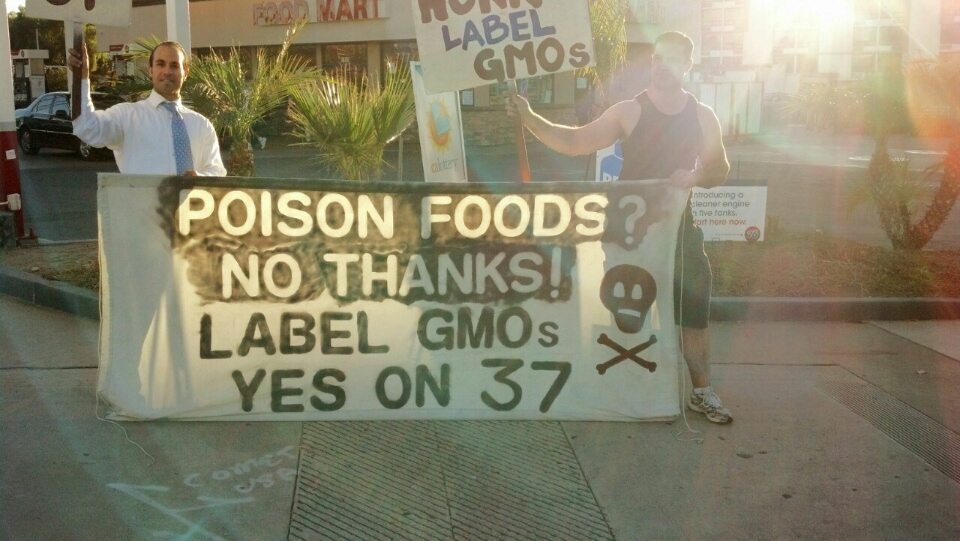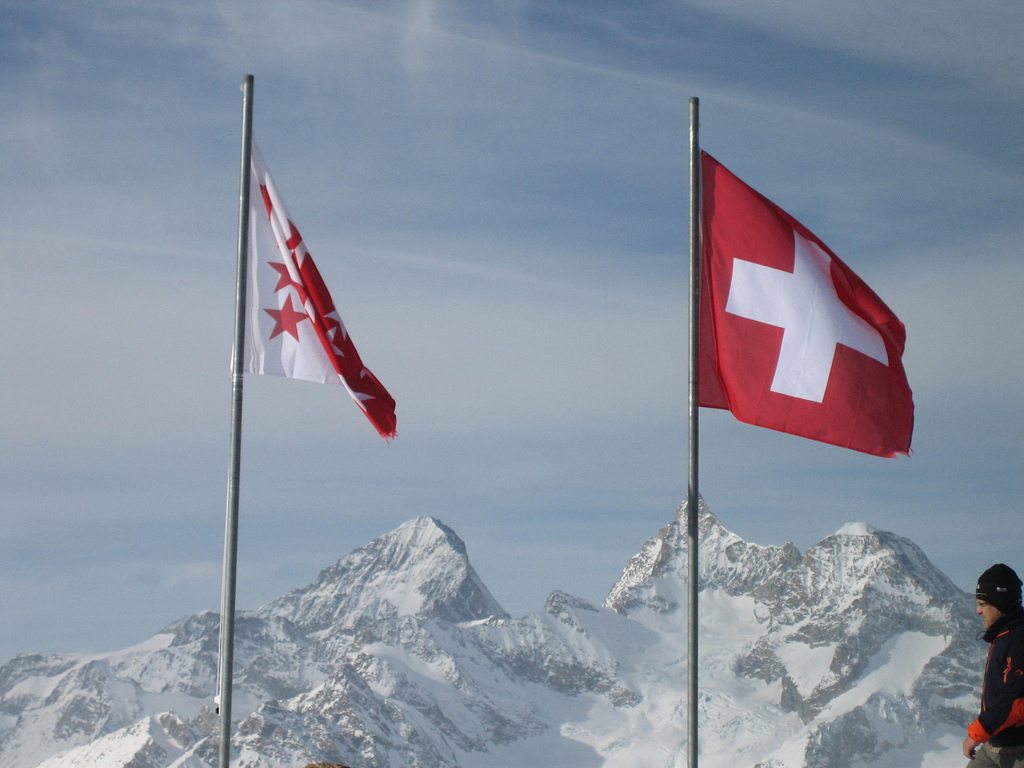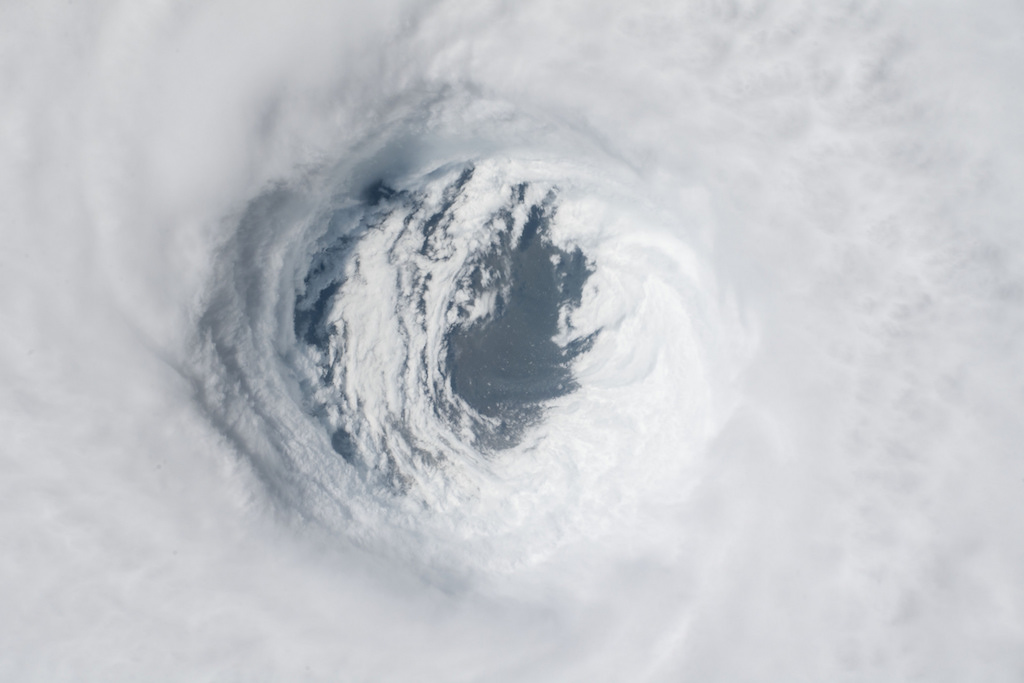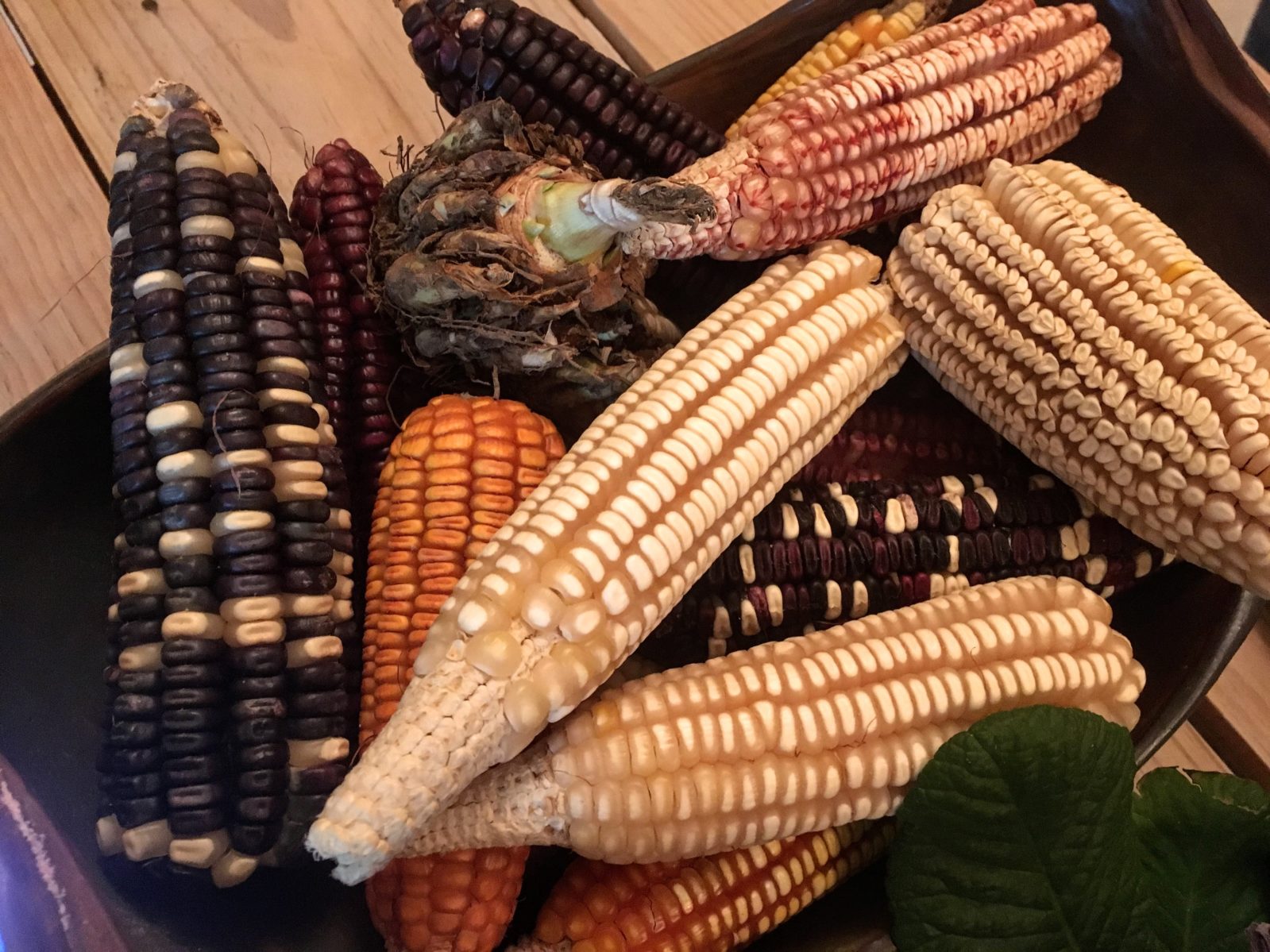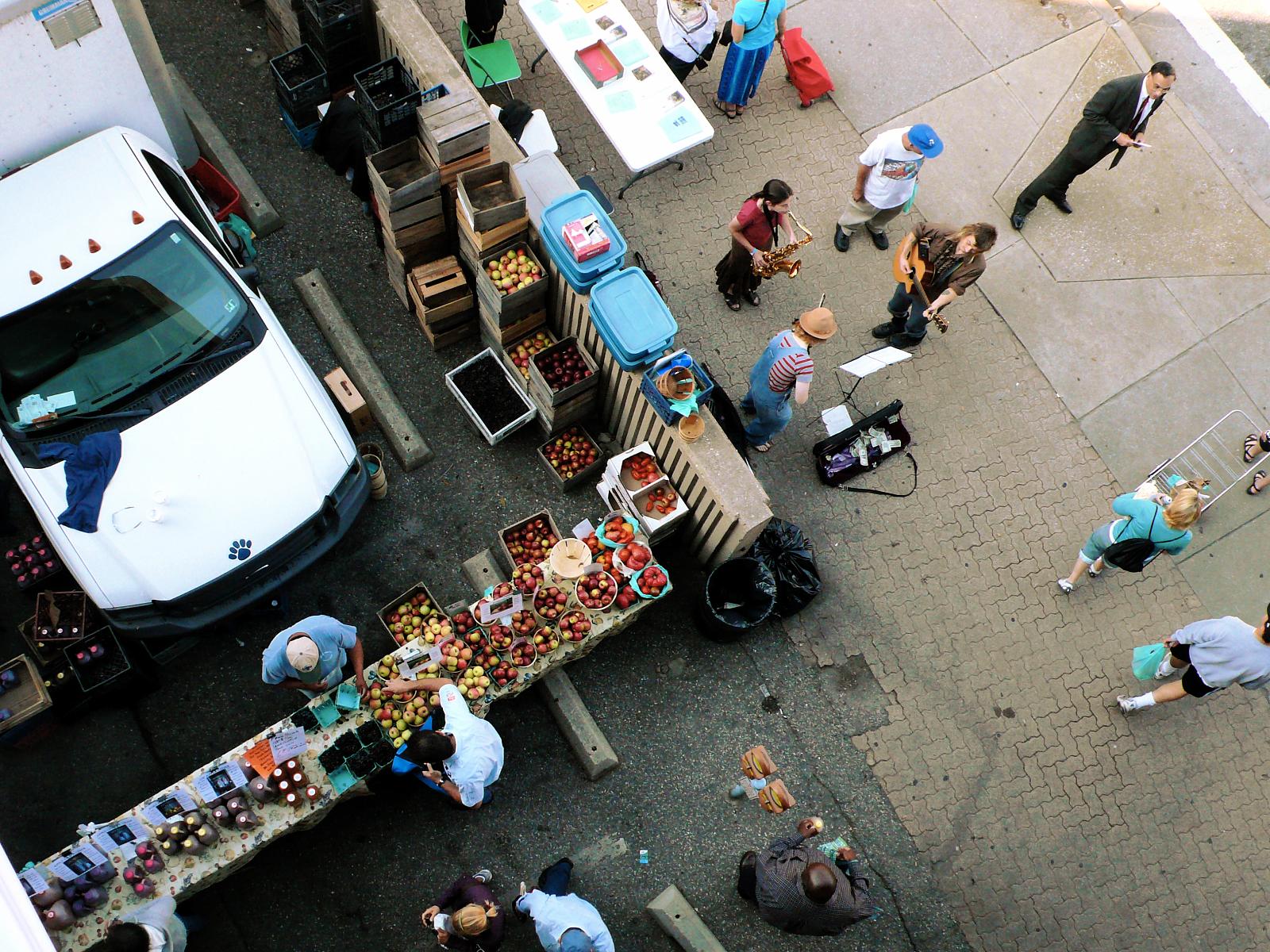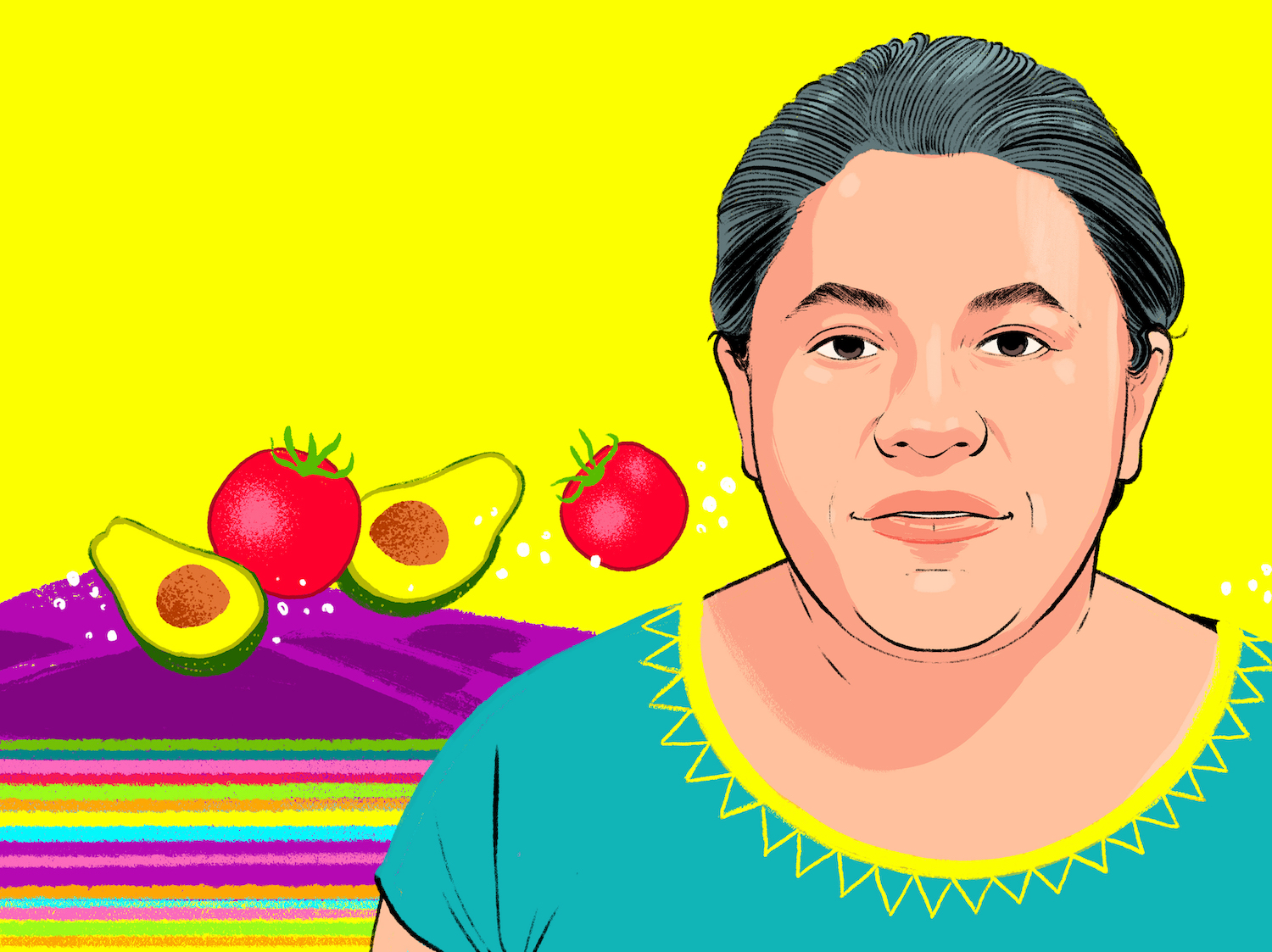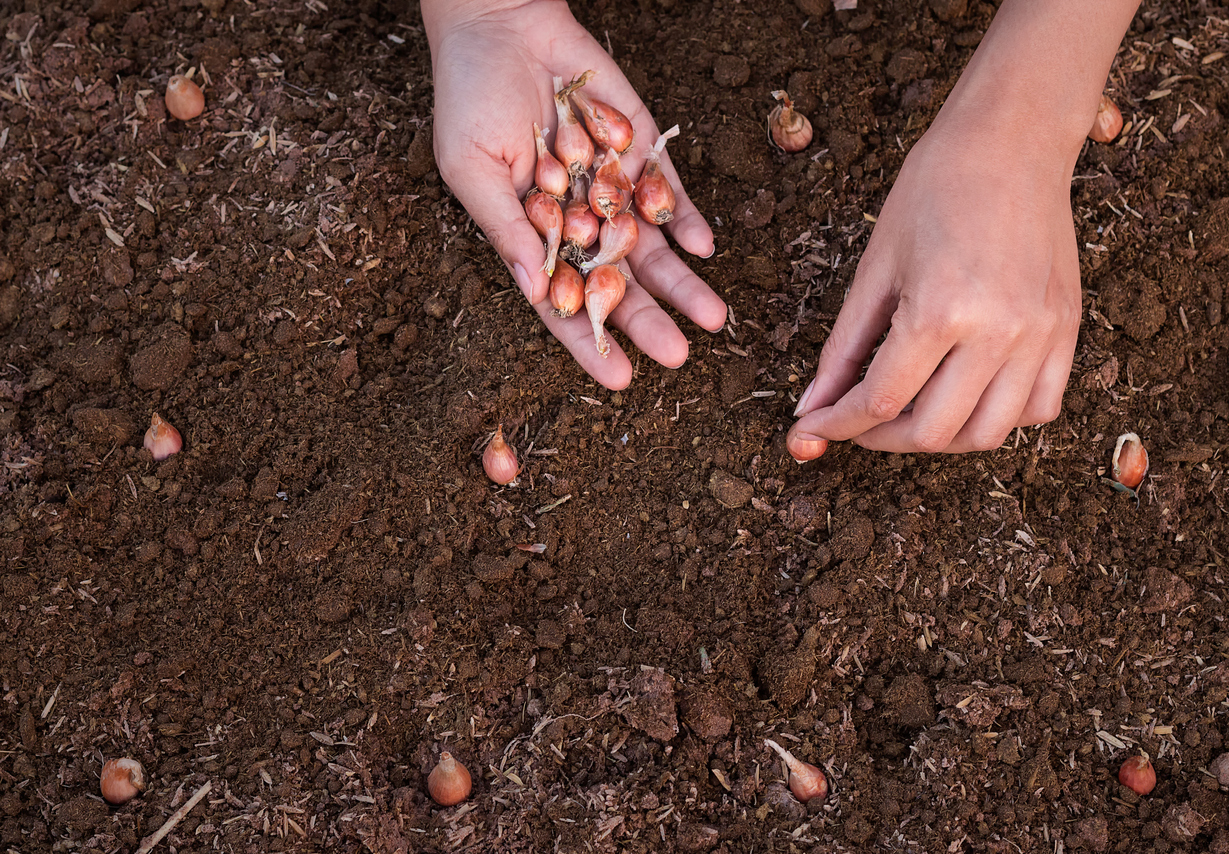
iStock / Niran_pr
Embedded in every conversation about feeding people, conserving natural resources and ensuring a healthy diet, both now and in the future, is the threat of the loss of agricultural biodiversity—the reduction of the diversity in everything that makes food and agriculture possible, from the microorganisms, plants, and animals we consume to the inputs and broad range of environmental, socioeconomic and cultural issues that inform what and how we eat. This shift is the direct result of our relationship with the world around us.
Agricultural biodiversity—also called “agrobiodiversity”—is the foundation of agriculture and food. It’s what emerges out of the connection between:
- the microorganisms, plants and animals we eat and drink;
- the inputs that support their creation and development, including bees and other pollinators, as well as the quality of nutrients in the soil;
- nonliving (or abiotic) influences on our ability to grow and gather food, such as temperature and the structures of farms; and
- a range of socioeconomic and cultural issues that inform what and how we eat.
“It comes in three levels: ecosystem, species and genetic,” explains Luigi Guarino, senior scientist at the Global Crop Diversity Trust. (The Trust provides funding for important crop collections and oversees the Svalbard Global Seed Vault—what’s popularly known as the “Doomsday Seed Vault” or “Noah’s Ark” for seeds.) The first time I met Luigi, I was researching the loss of diversity in seeds. He was smart, funny and tough, reminding me, as he picked his teeth with my business card, that seeds are essential. “Seeds,” he said almost dismissively, “are sex.” Indeed. I blushed, not because it was salacious but because it was obvious. Luigi has dedicated his professional life to biodiversity and has, over the last few years, helped me understand the stories of seeds and the intricacies of conservation.

I was still unclear, so he elaborated: “It’s not a great comparison, and probably politically incorrect, but think of how you would measure genetic diversity in 100 humans you picked off the street. DNA fingerprints, sure. But also, how many races and ethnicities are represented in the sample? That would be the very rough equivalent of varietal diversity. Finally, how many eye colors are there? And what is the range of heights? That’s morphological diversity.”
These influences are dynamic; they operate in response to one another and are constantly evolving. Agrobiodiversity shapes—and is shaped by—every meal we eat. And when I say “we,” I mean “we” in the global sense. No country is self-sustaining when it comes to the range of diversity needed to develop improved varieties of crops. We feed each other.

The loss of agrobiodiversity—the reduction of the diversity that’s woven into every single strand of the complex web that makes food and agriculture possible—has resulted in a food pyramid with a point as fine as Seattle’s Space Needle, making it harder and less pleasurable for us to feed ourselves.
It feels counterintuitive to contemplate this loss, particular against the backdrop of floor-to-ceiling aisles in supersized supermarkets. In a Walmart (the number one grocery chain in America) in Winston-Salem, North Carolina, I counted 153 different flavors of ice cream and eight different brands of yogurt. But then I looked further. The choices are superficial—primarily in flavor and secondarily in brand, most of which are owned by the same company. In addition, more than 90 percent of every container of yogurt, milk and ice cream is made with milk from one breed of cow, the Holstein-Friesian, known as the highest-producing dairy animal in the world.
I counted 21 kinds of potato chips, but in the produce aisle, I found only five types of potatoes. Most of the bagged potatoes didn’t include names, only colors—red, white, yellow—plus “Idaho.” The orange sweet potatoes were loose and stacked high. Now I understand why most of those chips I saw just listed “potatoes” as their primary ingredient. Despite being the top vegetable consumed in America, potatoes have been relegated to the background, the carrier for vinegar and salt, sour cream and chives.
Bananas—America’s most popular fruit—carried only a single descriptor: “banana.” Although no variety was listed, I know it was the threatened Cavendish. There are over 1,000 varieties of bananas grown in the world; however, the one that ends up on supermarket shelves isn’t the one that has the best texture or taste but one that transports easily and has, so far, managed to beat back disease.
I saw six kinds of apples, including Granny Smith, Gala, Fuji and the mealiest, most inappropriately named apple: Red Delicious, one bred for beauty, not taste. Apples were among the first fruits to be cultivated. The original was likely small and tart, closer to what we think of as a crab apple. But, through breeding, we slowly transformed its texture, taste, color, size and level of sweetness. There are now 7,500 varieties of apples grown all over the world, less than 100 of which are grown commercially in the United States. In fact, nearly every historic fruit and vegetable variety once found in the United States has disappeared.
When I first learned of this, I was incredulous. … I had spent my life obsessed with food—and it was disappearing? Why hadn’t I heard about this? How was this possible? The answer lies in the fact that many of these changes have happened slowly, over time. These losses in food are buried in the soil, tucked in beehives and hidden in cattle feedlots. They start with microorganisms invisible to the naked eye and echo through every link in our food chain—from soil to seed to pollinator, from plant to fish to animal—compromising the very ecosystems that make much of our food possible.
While some places in the world are experiencing an increase of diversity in certain parts of their diet, the general trend is the same one we see in phones and fashion: standardization. Every place looks and tastes more similar—and the country that sets this trend is America. The refined carbohydrates, animal proteins and added fats and sugars that make up the majority of our diets have also become the template diet for the world.
This increase in sameness is what conservationist Colin Khoury and co-authors of the most comprehensive study to date on the diversity (and lack thereof) of our food supply call our “global standard diet.” The researchers analyzed 50 years of data on major crops eaten by 98 percent of the population. They found diets around the world have expanded in terms of amount, calories, fat and protein, and that a greater number of our calories now come from energy-dense foods, such as wheat and potatoes. In areas facing food insecurity, this is a very good thing.

The researchers also learned that agrobiodiversity within our dietary staples has increased. Another good thing. In Vietnam, 80 percent of calories from plants used to come from rice; now corn, sugar and wheat have risen in importance, and calories from rice have dropped to 65 percent. In Colombia, palm oil used to be nonexistent. Now nearly half of Colombians’ plant-based fat comes from palm, and the country is the third largest producer of palm oil in the world.
But this availability obscures the more challenging truth that Colin and his colleagues discovered: Globally, foods have become more alike and less diverse. As the amount of food around the world has shrunk to just a handful of crops, regional and local crops have become scarce or disappeared altogether. Wheat, rice and corn, plus palm oil and soybeans, are what we all eat now—the same type and the same amount.
Yes, this increase in carbs, fats and proteins has helped feed hungry people, but on a global scale it’s also increased our chances of becoming what author Raj Patel calls “stuffed and starved.” The world overconsumes energy-dense foods but eats fewer foods rich in micronutrients (the small but essential amounts of vitamins and minerals we need for healthy metabolism, growth and physical development). While 795 million people go hungry, over 2 billion people are overweight or obese. Both groups suffer from micronutrient malnutrition.
The global standard diet is changing the biodiversity of nearly every ecosystem, including the 100 trillion bacteria that live in our gut, part of what’s known as our microbiome. The foods and drinks we consume contribute to or, increasingly, detract from the diversity of our intestinal flora and have implications for how healthy or unhealthy we are over the long term.
The factors that contribute to this change are complex and interconnected, but the main reason for this shift is that we’ve replaced the diversity of foods we used to eat with monodiets of megacrops, funneling our resources and energy into the cultivation of megafields of cereals, soy and palm oil. As farmers from all over the world move toward growing genetically uniform, high-yielding crops, local varieties have dwindled or disappeared altogether. This is why we are now facing one of the most radical shifts we have ever seen in what and how we eat—and in what we’ll have the ability to eat in the future.
How do we feed one another? And how will we feed one another? It’s impossible to escape the headlines and news reports expressing concern about food security for our growing population. But, for the past 20 years, the rate of global food production has increased faster than the rate of global population growth. The world produces more than one and a half times enough food to feed everyone on the planet, which is also enough to feed the population of 9.6 billion we anticipate by 2050.
This matters, because a lot of the changes we see in food and agriculture have been made in the name of feeding hungry people. The challenge isn’t simply an issue of availability; it’s one of access. Food and the resources required to buy food aren’t efficiently or equally distributed. That’s why the hungriest people in the world are what are known as smallholder farmers—the over 500 million people responsible for feeding the majority of the world’s population.
The people who grow food are too poor to buy it.
The majority of these farmers are women, most of whom live in extreme poverty, which is why they are moving to cities and entering the formal workforce in higher numbers. (Women have always worked, but they aren’t always recognized or paid for it.) Add to this fewer home gardens, less time to grow food, the exponential growth of supermarkets and fast food joints and a bit more money with which to buy cheap, processed food. You’ve now got a recipe for the global standard diet.

According to the Food and Agriculture Organization of the United Nations (FAO), 95 percent of the world’s calories now come from 30 species. Of 30,000 edible plant species, we cultivate about 150. And of the more than 30 birds and mammals we’ve domesticated for food, only 14 animals provide 90 percent of the food we get from livestock. The loss is staggering: Three-fourths of the world’s food comes from just 12 plants and five animal species.
While these numbers are rough estimates, they speak to a startling trend: We rely on fewer species and varieties for food and drink—a treacherous way to sustain what we need to survive. It’s dangerous for the same reason investment experts tell us to diversify our financial holdings: Putting all our eggs in one basket (either figuratively or literally) increases risk.
A reduction in agrobiodiversity places us in an increasingly vulnerable position, where warming temperatures or a single pest or disease could severely compromise what we grow, raise and eat. This was, in part, the cause of the Irish potato famine of the 1840s, when one-third of the population was dependent on potatoes for food and one-eighth of the population (about 1 million people) died when a disease, known as potato blight, ravaged the crop. It has also contributed to Southern corn leaf blight, which wiped out one-fourth of American corn in 1970. And now it exacerbates the proliferation of wheat rust, known as the “polio of agriculture,” which is threatening 90 percent of African wheat.
It’s also why plant geneticists are working around the clock to develop a new type of banana to replace the Cavendish, a variety that was introduced when the soil fungus Fusarium oxysporum, in the 1950s, wiped out the Gros Michel—the banana that used to be the one on store shelves. Those Cavendishes are now succumbing to Tropical race 4, a strain of the same fungus that decimated the Gros Michel.
No matter where you live, you have the memory of something you used to eat that is no longer a part of your diet—something your grandmother used to make, something a small shop used to carry. Something you have lost. This extinction is a process; it happens one meal at a time.
Fortunately, a lot of these changes have occurred in the last few decades, which means they can change again. That is, of course, as long as we sustain the diversity found in the wild, on farms and in stored collections that contain the traits we might need now or in the future: immunity to a disease, greater adaptation to a changing climate, the possibility of higher yields or greater nutritional value—and delicious taste.
But in order to support this diversity and facilitate this change, we have to start to think differently about the food in our fields and on our plates, and be more discriminating about its sources. “How do we buck the system just a little bit?” Colin asks. “Think of oil. We’re definitely eating more of it: soybean oil, then palm oil—much more than other oils around the world. Although it isn’t immediately obvious that eating olive oil would be radical, in the big picture that’s exactly what it is. Eating olive oil is now a radical act. Eating anything that’s not rice, wheat, corn, soy or palm oil is radical.”
The revolution starts here, on our plates, by looking at the pillars of our own diets and by making simple changes. The way to take back this power for ourselves is to understand why we eat what we eat. And to understand what we’re losing—so we know what to reclaim.
The piece above is excerpted from Bread, Wine, Chocolate: The Slow Loss of Foods We Love. Copyright © 2015 by Preeti S. Sethi. Reprinted with permission by HarperOne, a division of HarperCollinsPublishers.




